SUMMARY: An espresso typically contains 63 milligrams of caffeine, which is slightly higher than a regular cup of coffee. However, the serving size of espresso is much smaller, leading to a more concentrated caffeine content per ounce. This means that while the caffeine amount in an espresso shot is higher, the overall caffeine intake may still be lower compared to drinking a full cup of coffee.
Are you constantly wondering how much caffeine is lurking in your beloved espresso? ????
Well, fear not, my fellow espresso aficionados! ☕️ I am here to spill the beans on the delightful yet intriguing world of caffeine content in that delightful shot of heaven. And trust me, it’s not just a bitter-sweet tale!
So, buckle up and prepare to get your caffeine fix as we dive into the stimulating subtopics of:
- Understanding the secrets behind caffeine content in espresso
- Unveiling the average caffeine content in a shot of espresso
- Discovering the power of size – how much is a shot of espresso, anyway?
- Exploring the variations in caffeine levels across different espresso drinks
Ready to embark on this witty yet informative caffeine adventure? Let’s brew it up and find out exactly how much caffeine in espresso!
Understanding the secrets behind caffeine content in espresso
Ah, the hidden world of caffeine – it’s time we shine a spotlight on its presence in our beloved espresso shots. Brace yourself for some eye-opening facts and a few chuckles along the way!
What exactly is caffeine, anyway?
Well, caffeine, my friend, is that magical compound that gives us that energizing kick in the morning and keeps us going throughout the day. It’s like a superhero in a tiny bean disguise!
The caffeine effect: Energize responsibly!
Now, before we delve into the specifics of espresso, let’s briefly talk about caffeine’s impact. Think of it as a friendly wake-up call for your brain. It blocks adenosine receptors, which are responsible for making us feel sleepy. So, instead of dozing off at your desk, you’re ready to conquer the world!
How does caffeine content vary in espresso?
Ah, the million-dollar question! Turns out, the caffeine content in each shot of espresso can vary based on a few key factors. Let’s explore:
- Roast Type: From light to dark, the roast level of your precious espresso beans can influence the caffeine content. Generally, the darker the roast, the less caffeine remains. But let’s not jump to conclusions just yet. Let’s dive deeper!
- Size Matters: We’ll talk more about shot sizes later, but remember, different volumes mean different caffeine content. So, hold tight, and we’ll serve up the delectable details shortly!
- Individual Factors: Now, here’s where things get really personal. Your own metabolism, tolerance, and even the time of day can impact how your body processes caffeine. It’s like a secret handshake between your favorite brew and your unique physiology. Isn’t it fascinating?
Putting it all in perspective: Espresso vs. other beverages
Ah, espresso, the dark and intense elixir we adore. But how does its caffeine content compare to other drinks you might ask? Great question! Here’s a sneak peek:
- Espresso vs. Drip Coffee: Pound for pound, an ounce of espresso packs more caffeine than a typical cup of drip coffee. But remember, espresso shots are smaller in volume.
- Espresso vs. Energy Drinks: Brace yourself – those flashy energy drinks may have more caffeine overall, but ounce for ounce, espresso still takes the lead. It’s a tiny shot with a mighty punch!
Stay tuned as we dive deeper into the rabbit hole of caffeine content. It’s getting exciting, isn’t it? Now, let’s keep that curiosity brewing!
how much caffeine in Espresso Anyway?
Understanding the caffeine content in espresso is crucial for coffee enthusiasts who are conscious of their caffeine intake. The amount of caffeine can vary depending on the type of roast and factors such as brewing time and extraction method. Let’s dive into the average caffeine content in espresso and other important considerations:
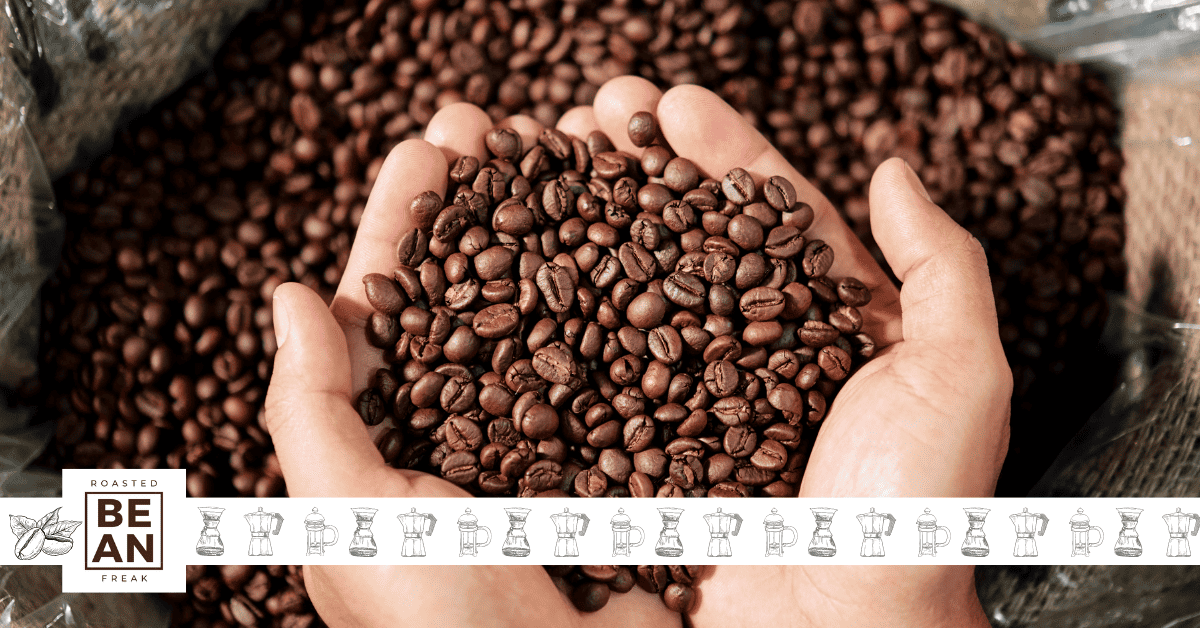
Variations Based on Roast Type
- The caffeine content in espresso can vary based on the type of roast. The longer the beans are roasted, the less caffeine they tend to contain. This means that dark roast espresso generally has less caffeine compared to lighter roasts.
- The longer roasting process breaks down the caffeine molecules, resulting in a reduced caffeine content. Therefore, if you prefer a milder espresso with a higher caffeine kick, opting for a lighter roast might be a better choice.
Average Caffeine Content in Espresso
- On average, a shot of espresso contains approximately 64mg of caffeine per ounce. This means that a standard single-shot espresso contains around 64mg of caffeine.
- However, it’s essential to note that the actual caffeine content can vary based on various factors, including the size of the shot, brewing techniques, and personal preferences of coffee shops or baristas.
- It’s also worth mentioning that a double-shot espresso typically contains around 128mg of caffeine, as it consists of two standard shots.
Individual Factors Impacting Caffeine Absorption
It’s important to consider that individual factors can impact how your body absorbs and tolerates caffeine. These factors include:
- Body weight and metabolism: Individuals with a higher body weight or faster metabolism may process caffeine more quickly, potentially experiencing its effects for a shorter duration.
- Sensitivity to caffeine: Some people are more sensitive to caffeine than others. It’s important to monitor your body’s response and make adjustments accordingly.
- Personal tolerances: Regular coffee drinkers may develop a tolerance to caffeine over time, meaning they may require higher doses to experience the same effects.
Understanding these individual factors can help espresso drinkers tailor their caffeine intake to their personal preferences and avoid any unwanted side effects.
With this knowledge of the average caffeine content in espresso and the individual factors impacting its absorption, espresso enthusiasts can make informed decisions about their coffee consumption. Let’s continue our exploration of espresso and move on to the next section: “What Constitutes a Shot of Espresso?”
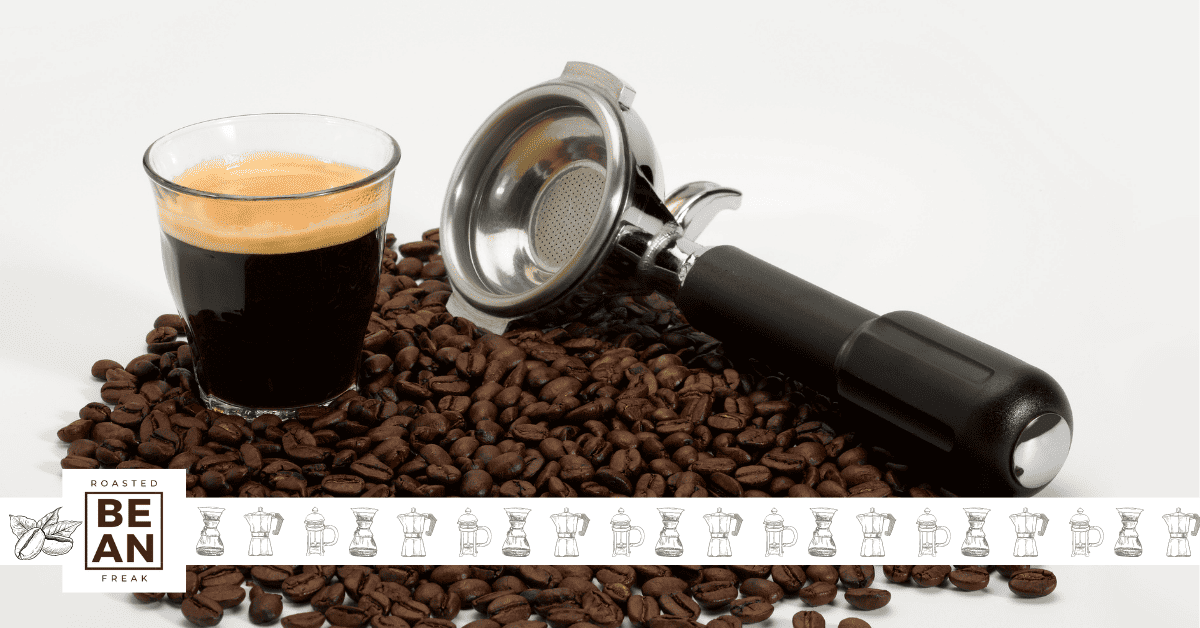
What is a Shot of Espresso?
It’s important to understand what constitutes a shot of espresso in order to accurately gauge how much caffeine in espresso and make comparisons between different espresso drinks. Here are some key points to consider:
The Size of a Shot of Espresso
- A shot of espresso is equivalent to 1 fluid ounce or approximately 30 milliliters. This standard shot size is widely adopted in the industry, ensuring consistency in coffee preparation and brewing techniques.
- It’s worth noting that while a standard shot of espresso is typically 1 ounce, some coffee shops may offer variations, such as double shots or lungo shots, which contain more espresso.
Why a Standard Shot Size is Adopted
- Standardization in the size of a shot of espresso serves various purposes. It allows baristas to maintain consistency in flavor, extraction time, and overall quality of the espresso.
- It also provides a common reference point for customers, making it easier to understand and compare the caffeine content across different coffee establishments.
Understanding Espresso-to-Water Ratio
- When brewing espresso, water is forced through finely ground coffee under pressure, resulting in a concentrated and flavorful shot of coffee.
- The espresso-to-water ratio plays a crucial role in the extraction process, ensuring the right balance of flavors. Typically, a shot of espresso is brewed using about 18-22 grams of coffee and around 30 milliliters of water.
By understanding the size of a shot of espresso and the espresso-to-water ratio, coffee enthusiasts can better appreciate the craftsmanship and science behind the preparation of espresso. The consistent shot size allows for easier comparison of caffeine content and flavor profiles across various espresso-based drinks. Moving forward, let’s explore how the caffeine levels can vary in different espresso drinks in the next section: “Exploring Caffeine Levels in Different Espresso Drinks.”
Exploring Caffeine Levels in Different Espresso Drinks
Espresso serves as the base for various popular coffee drinks, each offering its own unique flavor profile and caffeine content. Let’s take a closer look at how the caffeine levels can vary in different espresso-based drinks:
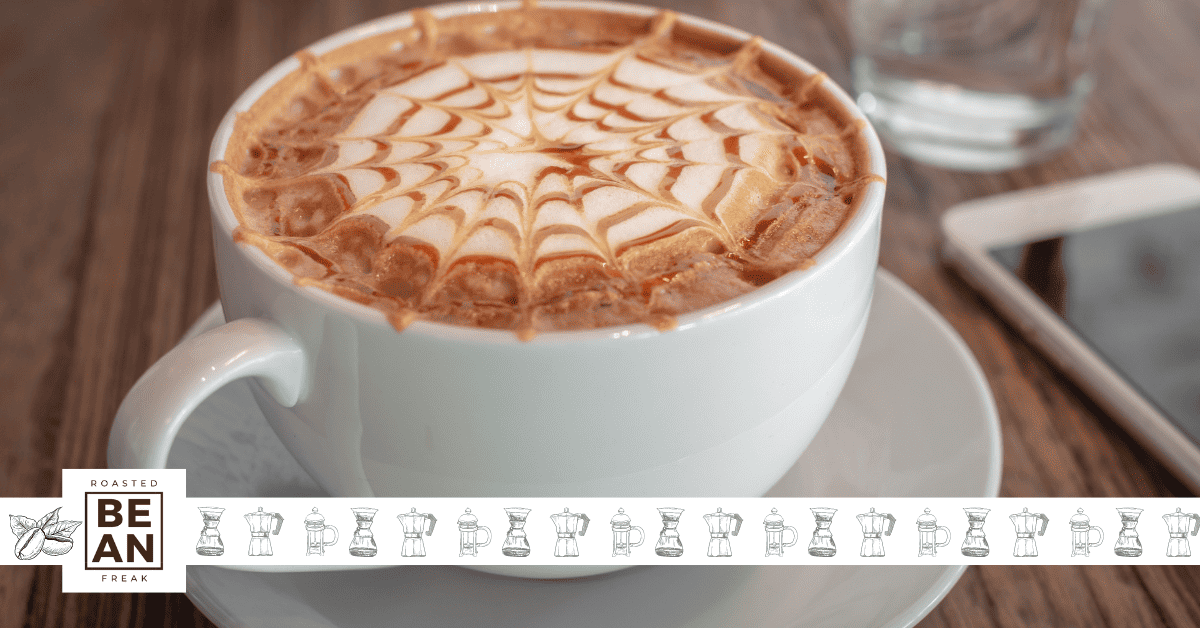
Macchiato
- A traditional macchiato, also known as an espresso macchiato, typically contains a shot of espresso with a small amount of steamed milk or foam on top.
- Due to the small amount of added milk, the caffeine content in a macchiato remains similar to a regular shot of espresso, around 64mg for a standard 1-ounce serving.
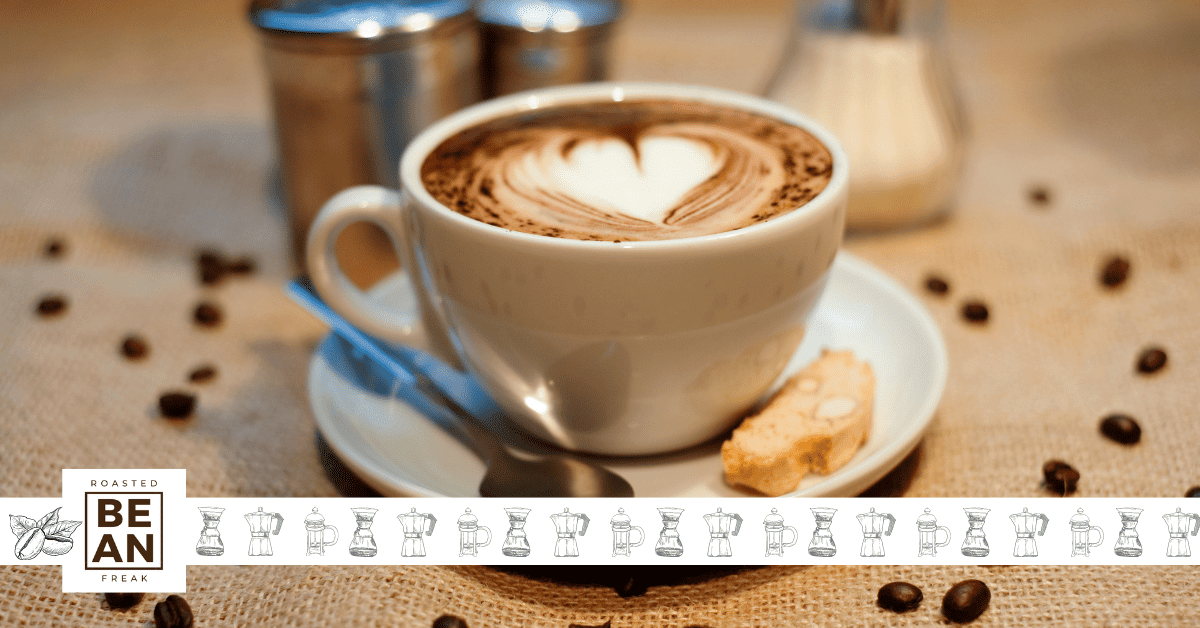
Cappuccino
- Cappuccino combines equal parts of espresso, steamed milk, and milk foam, resulting in a balanced and creamy beverage.
- While the overall volume of a cappuccino is larger than a single shot of espresso, the coffee-to-milk ratio is lower, meaning the caffeine content remains similar to a shot of espresso, around 64mg.

Latte
- A latte consists of a shot of espresso and a larger amount of steamed milk, often topped with a thin layer of foam.
- With a higher milk-to-coffee ratio, a latte typically has a slightly lower caffeine content compared to a single shot of espresso, around 63mg. However, the exact caffeine content may vary depending on the size and strength of the latte.
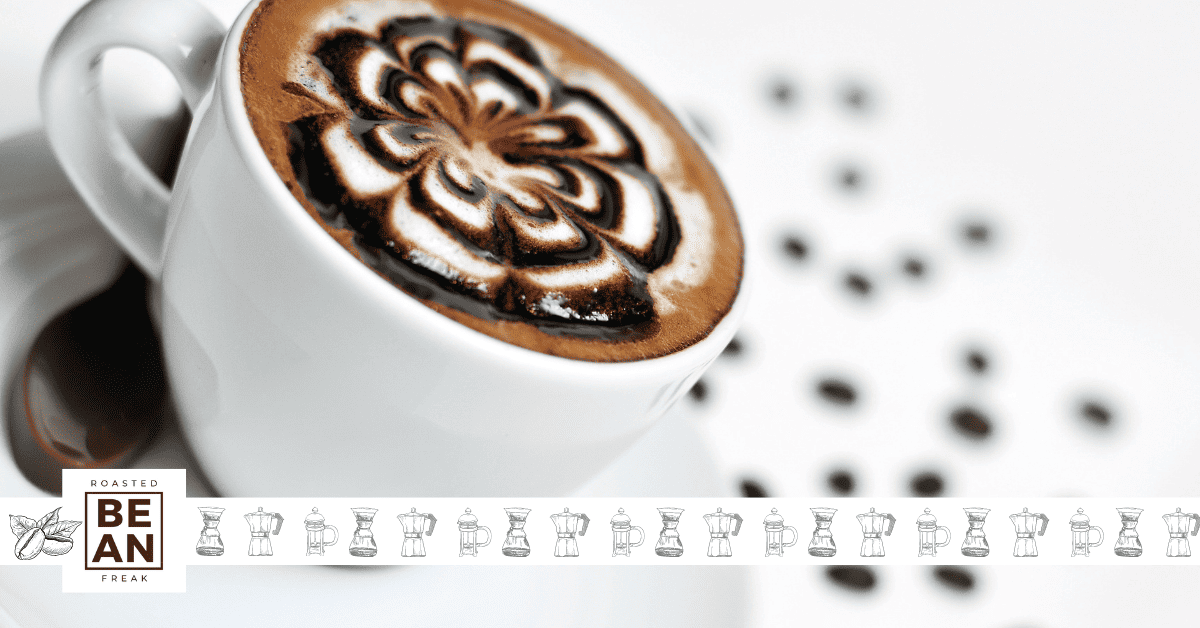
Mocha
- A mocha, also known as a café mocha, combines espresso, steamed milk, chocolate syrup, and sometimes whipped cream.
- The addition of chocolate syrup and other ingredients in a mocha does not significantly alter the caffeine content. Similar to a cappuccino or a latte, a mocha typically contains around 64mg of caffeine for a standard 1-ounce shot of espresso.
It’s important to note that these values are approximate and can vary based on factors such as the size of the serving, the strength of the espresso shot, and the individual coffee shop’s preparation methods.
By understanding the caffeine levels in different espresso-based drinks, coffee enthusiasts can make informed choices based on their personal preferences and desired caffeine intake. As we conclude our exploration, let’s summarize the key points discussed in the article in the next section: “Conclusion.”
Final Thoughts
Throughout this artilce, we have explored the topic of caffeine content in espresso, aiming to provide accurate information for espresso drinkers.
Understanding the caffeine content in espresso is significant as it allows individuals to make informed choices about their caffeine intake. Caffeine, a natural stimulant, can have various effects on the body, including increased alertness and improved focus. By knowing the amount of caffeine present in espresso, individuals can better regulate their consumption and manage their caffeine tolerance.
On average, espresso contains approximately 64mg of caffeine per ounce. However, it’s important to consider that individual factors such as metabolism and absorption rates can impact caffeine tolerance and the actual effects experienced.
Moreover, we have discussed the size of a shot of espresso, clarifying that it is equivalent to 1 fluid ounce. This standard shot size is adopted across the industry to ensure consistency and provide a common reference point for espresso enthusiasts.
It is crucial to strike a balance between personal enjoyment and staying informed about caffeine intake. By understanding the caffeine content in espresso, individuals can make informed choices that align with their preferences and caffeine tolerance levels. Embrace the rich and flavorful experience of espresso, while also being mindful of the caffeine it contains.
FAQ
Does the type of coffee bean affect caffeine content in espresso?
Yes, the type of coffee bean can affect the caffeine content in espresso. Generally, Arabica beans, which are more commonly used in specialty espresso drinks, tend to have lower caffeine content compared to Robusta beans. However, it is essential to note that variations in caffeine content can occur within both types of beans due to factors such as bean origin, cultivation, and roast level.
Is decaffeinated espresso completely caffeine-free?
No, decaffeinated espresso is not completely caffeine-free. While the caffeine content is significantly reduced compared to regular espresso, it still contains trace amounts of caffeine. The decaffeination process aims to remove the majority of caffeine from the coffee beans, but it is not 100% effective. The exact amount of residual caffeine in decaffeinated espresso can vary depending on the specific decaffeination method and the brand.
Can I still enjoy espresso if I am sensitive to caffeine?
If you are sensitive to caffeine, it is still possible to enjoy espresso. Consider opting for decaffeinated espresso, which has significantly less caffeine content compared to regular espresso. Additionally, you can choose to have smaller servings or reduce the frequency of consumption to manage your caffeine intake. Another option is to explore alternative espresso-based drinks, such as those with milk or flavored syrups, which dilute the caffeine concentration and offer a milder taste experience. Ultimately, it is important to listen to your body and consume espresso in a way that suits your individual caffeine sensitivity.
